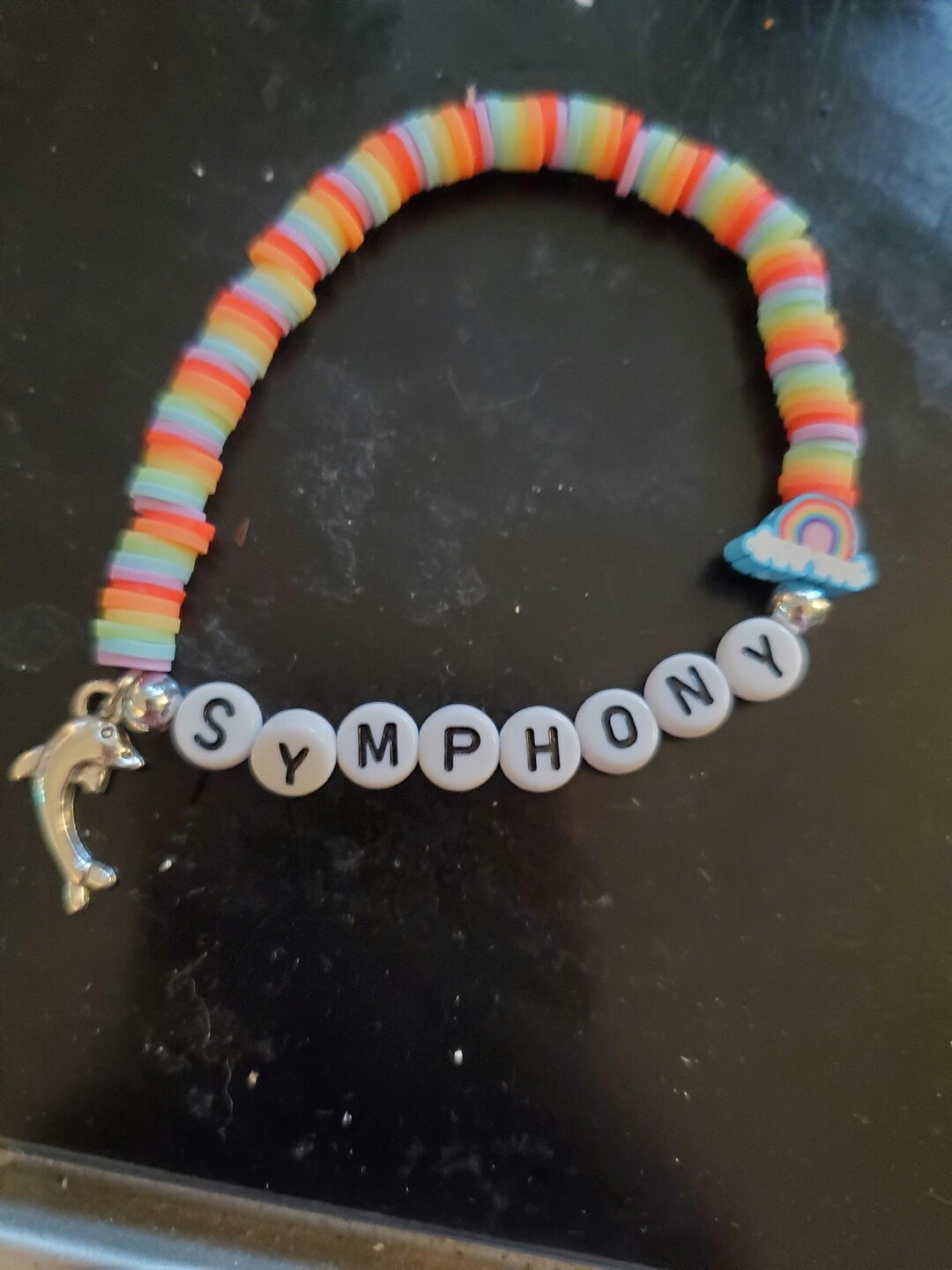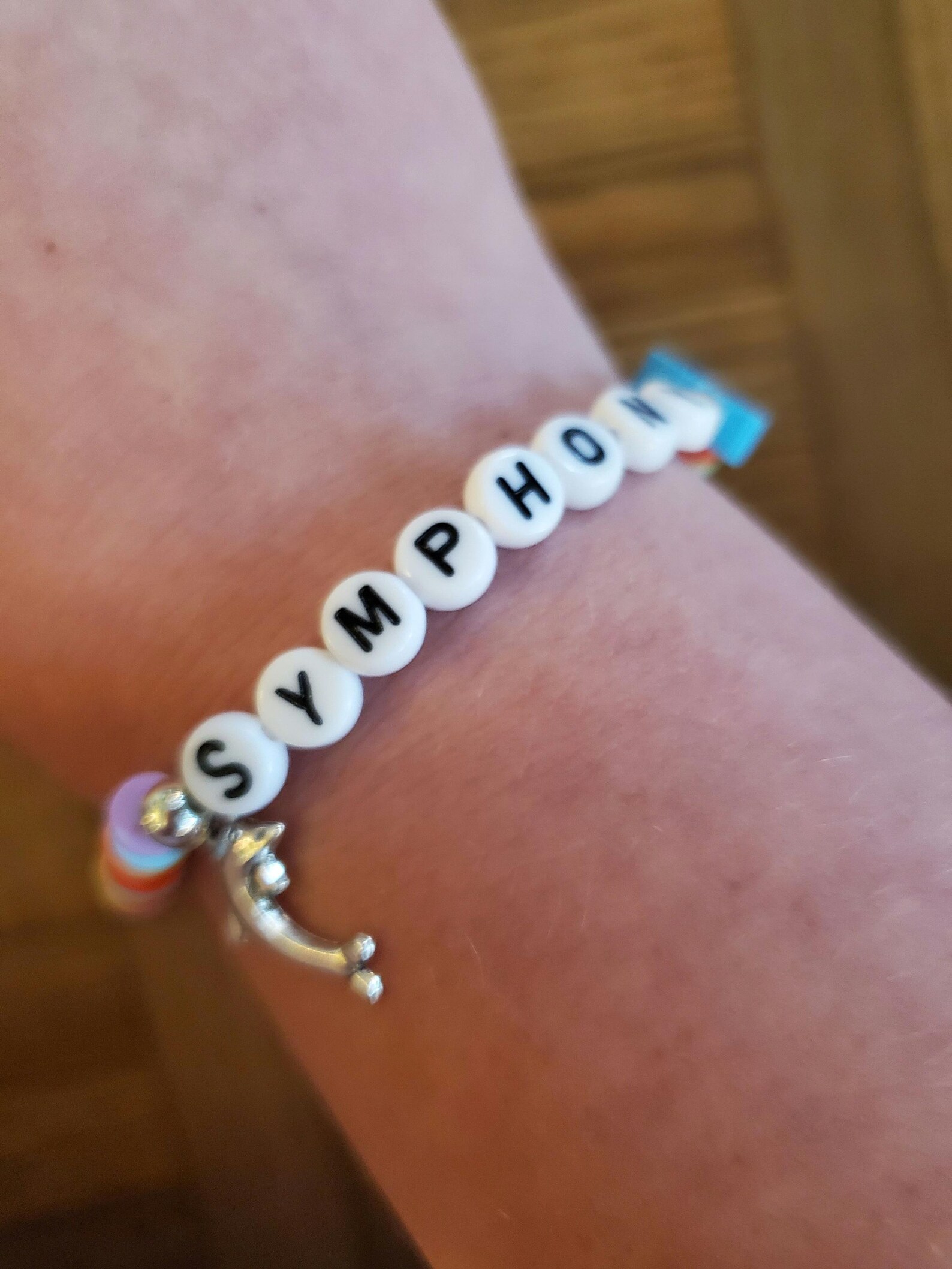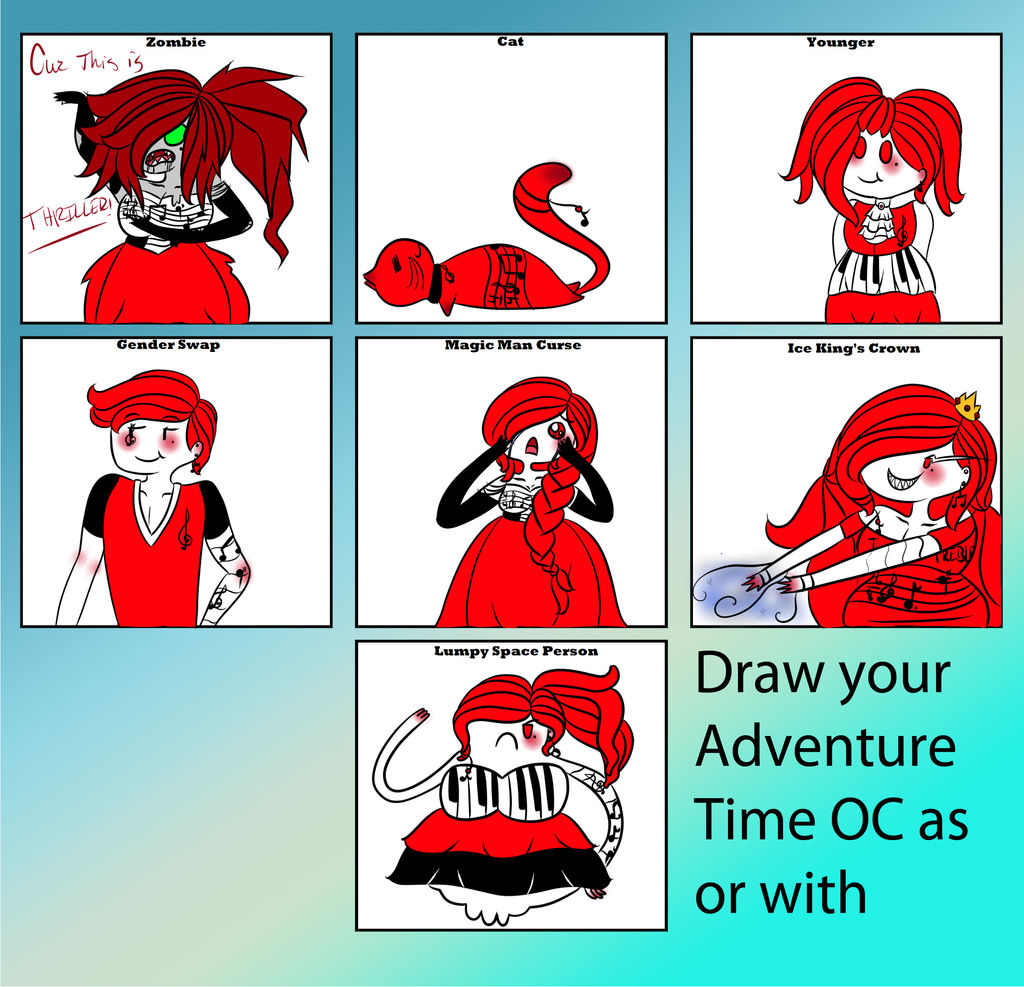Have you ever noticed how certain ways of doing things, especially in the world of creating things with code, just seem to catch on? It’s almost like a shared understanding, a collective rhythm that everyone seems to pick up on, without much effort. That, is exactly the feeling you get when you start exploring the common practices and shared wisdom within a particular framework, something we might playfully call the "symphony meme." It's about those recurring patterns, those familiar tunes that make building web applications feel less like a solo performance and more like a well-coordinated orchestra, where everyone knows their part.
This idea of a "symphony meme" really comes to life when you look at how developers come together around a set of tools and principles. It's not just about the individual pieces of code; it's about how those pieces are typically used, the common approaches people take, and the collective knowledge that builds up over time. You see, when you have a widely adopted system for making web applications, for instance, a lot of folks begin to share similar ways of thinking about problems and their solutions. This shared outlook, in a way, becomes a sort of "meme" – a piece of cultural information passed from person to person, shaping how everyone approaches their work.
So, when we talk about a "symphony meme," we are really talking about the agreed-upon ways of working, the best methods that have proven themselves over time, and the intuitive flow that comes from using a well-structured set of components. It’s about how all the different parts, from the very core building blocks to the helpful tools that come with them, work together to create a harmonious development experience. This shared understanding, this "meme," helps everyone stay on the same page, making the whole process of creating web applications, APIs, or even smaller services a bit more predictable and, quite frankly, more enjoyable for everyone involved.
Table of Contents
- What Makes a Development Pattern a Symphony Meme?
- Starting Your Own Symphony Meme Creation
- Learning the Notes of the Symphony Meme
- The Philosophy Behind the Symphony Meme
- New Chapters in the Symphony Meme: What's Changed?
- The Ongoing Melody of the Symphony Meme
- Are There Different Instruments in the Symphony Meme?
- Getting Ready to Play the Symphony Meme
What Makes a Development Pattern a Symphony Meme?
You know, when we think about how web applications get built, it's pretty interesting to consider how a particular framework acts as a foundation. It’s like a collection of ready-to-use parts, almost like individual musical instruments, that come together to form a larger composition. This specific framework, for example, is a group of reusable PHP components and a full PHP structure designed to help build web applications, along with tools for creating application programming interfaces, smaller independent services, and general web services. These components, you see, are the individual notes and sections that, when combined, create a recognizable "symphony meme" of development. They provide a common language, a shared set of building blocks that many people use, which helps to spread a consistent way of approaching software creation. It's really about the collective understanding that forms around these tools, making it easier for people to collaborate and build things that work well together. That shared way of doing things is, in essence, the "symphony meme" in action.
Starting Your Own Symphony Meme Creation
So, how does one actually begin to participate in this "symphony meme" of development? Well, it usually starts with getting the right tools onto your computer. You would typically grab a special command-line tool, which is pretty much like getting your first instrument. With this tool, you can then set up brand new applications and begin to bring in those individual components we talked about earlier. It’s a very straightforward process, allowing you to quickly get going and start experimenting with the shared patterns that make up this development style. Using these ready-made components means you don't have to invent everything from scratch, which is a huge part of what makes the "symphony meme" so effective. It’s about leveraging what others have already built, contributing to that collective understanding and making your own development efforts a bit more streamlined. You are, in effect, joining the orchestra and playing your first notes.
Learning the Notes of the Symphony Meme
To truly get the hang of this "symphony meme," you'll want to spend some time with the available learning materials. The collection of guides and instructions for this framework includes various articles, step-by-step tutorials, and even full books. These resources are there to help you learn all about the PHP framework itself and how to use its various components. Think of them as the sheet music or the lesson books that teach you how to play your instrument within the larger ensemble. They explain the common patterns, the accepted ways of doing things, and the general philosophy that guides the framework’s design. This learning process is quite important for anyone looking to truly understand and contribute to the shared practices that define the "symphony meme" of development. It helps ensure that everyone is playing roughly the same tune, even if they add their own unique flair.
The Philosophy Behind the Symphony Meme
Every shared pattern, every "symphony meme," often has a core set of beliefs or a guiding philosophy behind it. When it comes to building web applications with this particular framework, there's a certain way of doing things that aligns with the original vision of its creators. A specific guide, for example, lays out the recommended ways for building web applications that fit neatly into this original philosophy. It’s almost like the composer’s notes on how a piece should be performed, offering guidance on how to achieve the intended sound. Now, it's worth noting that these are generally accepted practices, and there might be times when you don't completely agree with every single suggestion. That's perfectly fine, too; a "symphony meme" can evolve and adapt. However, understanding these foundational ideas helps you appreciate why things are done a certain way and how they contribute to the overall harmony of the development process. It's about respecting the shared tradition while also finding your own voice within it.
New Chapters in the Symphony Meme: What's Changed?
Just like any living tradition, the "symphony meme" of development keeps evolving, with new versions and updates bringing fresh ideas and tools. For instance, a newer version of the framework was made available on November 29th, 2023. This updated version brought with it some neat additions, including a tool for checking commands and support for features like "importmaps" and "early hints." These new elements are like fresh movements in a long-running piece, introducing new rhythms and sounds to the existing "symphony meme." They represent the ongoing effort to refine and improve the development experience, making it more efficient and capable. It’s quite interesting to see how these changes are integrated, becoming part of the shared understanding that developers carry with them. Each new release adds another layer to the collective knowledge, shaping how people approach their work going forward.
The Ongoing Melody of the Symphony Meme
The life of a "symphony meme" isn't just about new releases; it's also about the continued care and support for existing versions. You can find all the specific information about a particular release, such as version 7.3, including when it will no longer receive updates for fixing small issues or addressing security concerns. This kind of detail is very important for those who rely on the framework for their projects, as it helps them plan for the future and ensure their applications remain stable and secure. It’s like knowing the lifespan of a particular musical score – when it might need to be re-orchestrated or replaced with a newer version. This ongoing cycle of updates and support is a crucial part of the "symphony meme," ensuring that the shared practices remain relevant and dependable over time. It’s a commitment to the community that keeps the music playing smoothly.
Are There Different Instruments in the Symphony Meme?
Within any large "symphony meme," you often find specialized tools or "instruments" that handle particular tasks. Take, for example, a component that deals with a specific data format. This component implements a chosen part of the features outlined in the YAML 1.2 version specification. When it comes to basic values, the way you write them down is quite similar to how you would do it in PHP. These specific components and their particular ways of handling things are like individual sections of the orchestra, each with its own unique sound and role. They contribute to the overall "symphony meme" by providing consistent ways to manage certain types of data or configurations. It’s about having specialized tools that fit seamlessly into the larger framework, allowing developers to work efficiently and predictably across different parts of an application. This kind of specialization is a pretty common pattern in complex systems, and it helps to define the collective understanding.
Sometimes, people learn better by watching rather than just reading. If you happen to prefer learning through video guides, you might want to look into a series of screencasts focused on achieving harmonious development with this framework. These videos can be a really helpful way to see the "symphony meme" in action, observing how experienced developers put the pieces together to create a smooth and efficient workflow. They demonstrate the practical application of the shared patterns and best practices, making it easier to grasp the concepts visually. It’s like watching a conductor lead an orchestra, seeing how all the different parts come together to produce a unified sound. This kind of visual learning can significantly speed up your ability to pick up on the collective rhythm and contribute to the ongoing "symphony meme."
Getting Ready to Play the Symphony Meme
Before you can really start composing your first pieces within this "symphony meme," there are usually some basic requirements you need to meet. For instance, before you set up your very first application using this framework, you'll need to make sure your computer environment is set up correctly. This might involve having the right version of PHP installed or other foundational software in place. It's a bit like making sure your instrument is tuned and ready to play before you join the band. These technical prerequisites ensure that everything runs smoothly once you start building. Getting these initial steps right is a pretty important part of joining the collective understanding and making sure you can fully participate in the "symphony meme" of development without hitting too many snags right at the beginning. It sets the stage for a more productive and less frustrating experience.
It's also worth noting that this particular framework has strong backing from other significant projects. For example, a version like 7.2 is supported by a specific content management system (CMS), which is a system designed for managing website content. This CMS is often seen as the go-to choice for developers working with this framework. This kind of collaboration is another aspect of the "symphony meme," where different tools and systems work together to create a more complete and powerful ecosystem. It shows how shared practices and compatible technologies can extend beyond the core framework itself, creating a broader, more interconnected set of resources for developers. It's like different orchestras playing together, each adding its own flavor to the overall performance.
When you're building web applications, organizing and displaying information, especially HTML, is a very common task. A template, in this context, is considered the best approach for arranging and presenting HTML from within your application. This holds true whether you need to show HTML from a control point or create the contents of an email. This standard way of handling presentation is a clear example of a recurring pattern, a part of the "symphony meme." It provides a consistent method for separating the visual part of your application from its underlying logic, making things cleaner and easier to manage. This shared approach simplifies development, allowing everyone to understand where to find and how to modify the visual elements of an application. It's a fundamental rhythm that many developers adopt.
Dealing with forms on websites can often feel like a repetitive and somewhat difficult task. Creating and then processing HTML forms, for instance, requires handling many similar steps over and over again. You have to manage how the form looks, how it sends information, and what happens when that information comes back. To help with this, there's another series of video guides that focuses specifically on forms. These screencasts show you how to tackle these common challenges in a structured way. This common struggle and the shared solutions for it are very much a part of the "symphony meme." It highlights how the framework provides tools to simplify what would otherwise be a tedious process, offering a consistent and reliable way to handle a frequent development need. It's about turning a tricky passage into a smooth, repeatable melody.
The way applications built with this framework are set up is largely managed through specific files kept in a particular folder, which has a standard layout. These setup files are like the conductor's score, detailing how all the different parts of the application should work together. This consistent structure for configuration is a very clear example of a "symphony meme" in action. It provides a predictable place for all the important settings, making it easier for any developer to understand how an application is put together, even if they didn't build it themselves. This shared approach to organization helps maintain order and clarity, which is pretty important for larger projects. It ensures that everyone knows where to look for specific instructions, contributing to a more harmonious development environment.
Keeping your applications safe from unwanted access or issues is a big deal, and this framework provides many different tools to help you do just that. These tools are like the security team for the orchestra, making sure everything is protected and runs without interruption. The availability of these built-in safety features is another element of the "symphony meme." It means that developers don't have to invent their own security measures from scratch; they can rely on established, well-tested methods provided by the framework. This shared approach to security helps to create more reliable and trustworthy applications, which is something everyone benefits from. It’s about building a collective defense against potential problems.
A common question that comes up is whether you can use a particular container technology, like Docker, with this framework. The answer is yes, and there are several tools available to help, depending on what you need. If you're looking for a complete environment that uses this container technology, for example, there are resources to guide you. The ability to integrate with popular deployment methods like this is a significant part of the "symphony meme." It shows how the framework adapts to modern development practices, allowing developers to choose the tools that best fit their workflow. This flexibility, combined with clear guidance, helps to solidify the shared understanding of how to build and deploy applications effectively. It’s about offering different stages for the same great performance.



